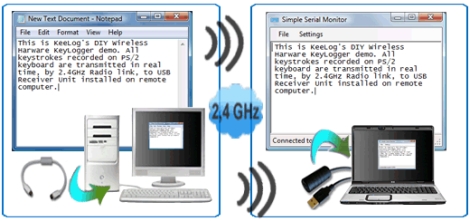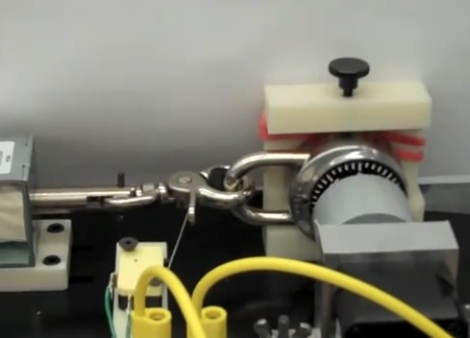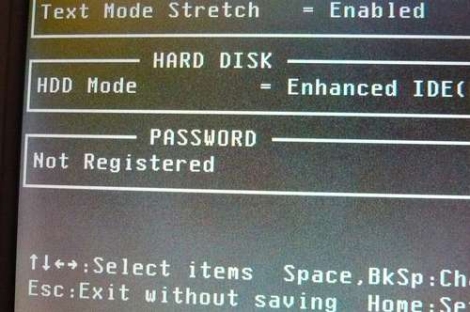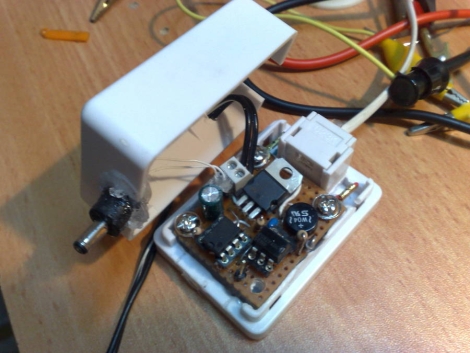
Looks like someone figured out the algorithm that Microsoft uses to generate unique codes for their alternative currency: Microsoft Points. We were always a bit baffled by the need to do this sort of thing (Disney dollars, tokens at arcades, etc.) but figured it’s just a grift to get you to spend more dough. Looks like this time it may have come back to bite them in the ass with early loss projections somewhere in the $1-$1.2 million range.
But as most of you know, it’s not just an algorithm that can cause this kind of havoc. Whomever figured out how to crunch the numbers apparently packaged the method into a nice GUI and distributed it over the Internet. Check out the video after the break to see that not only will it give you a code, but you can verify that it works at the click of a button. Microsoft is taking steps to invalidate all of the ill-gotten redemption codes, but we wonder how effective they can be at it. Surely they already had contingency plans for this and we wonder if the company didn’t also carry insurance against this kind of loss.
Try as we might, we couldn’t turn up a press release on the subject. If you know of any, please be kind and leave a link in the comments.
Continue reading “Microsoft Points Algorithm Cracked… They’re Out $1M”
















